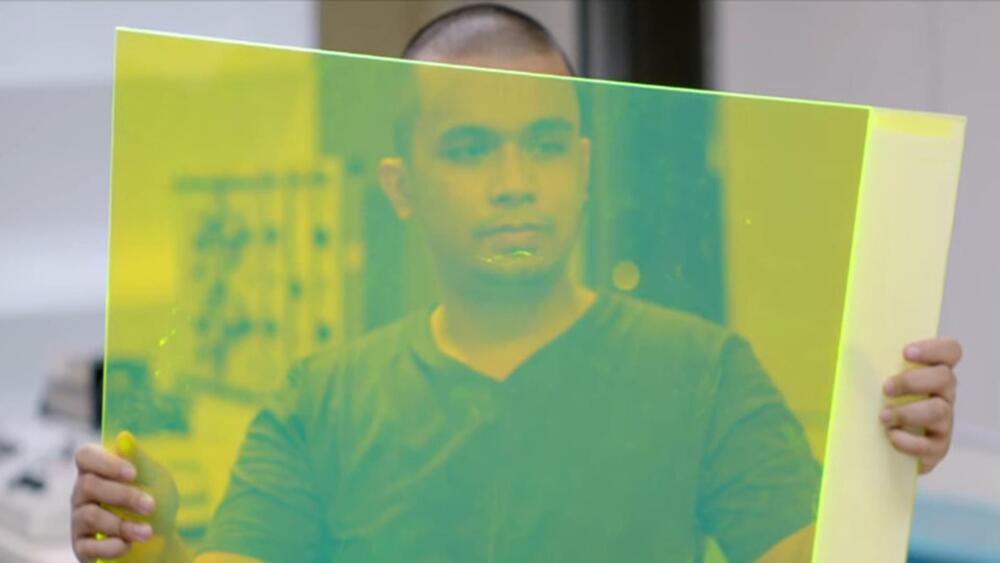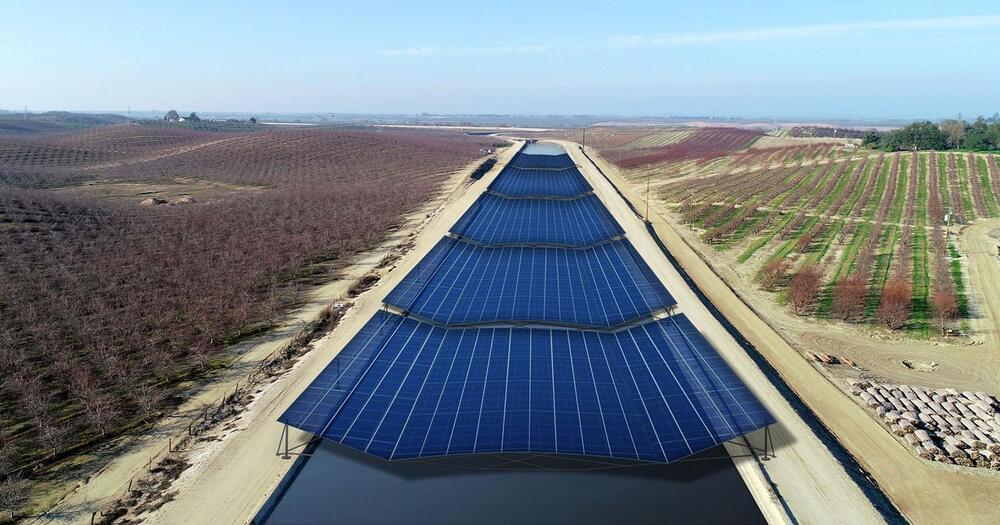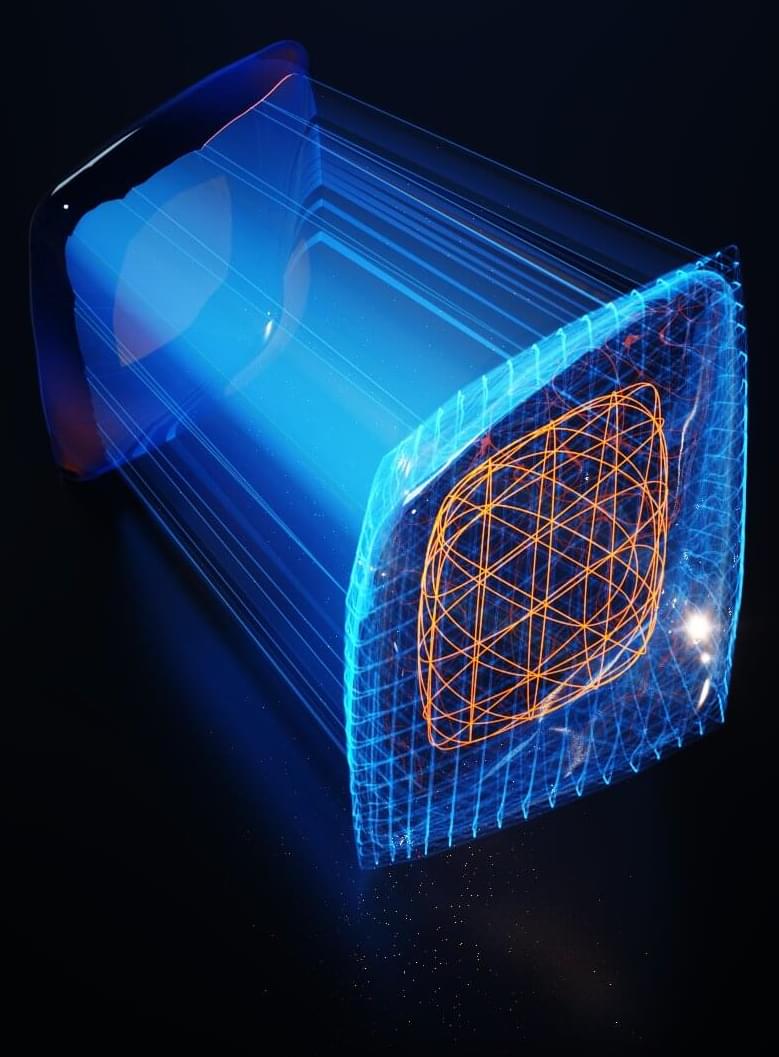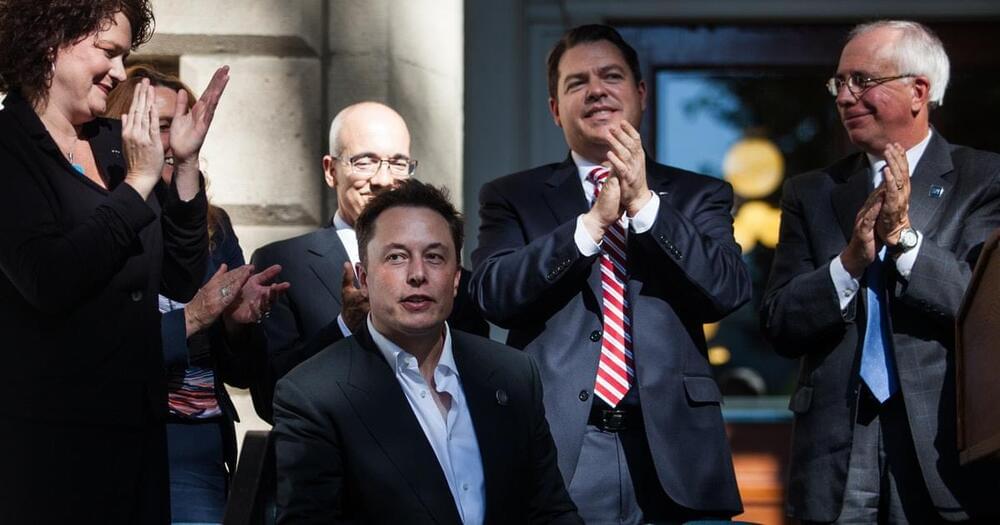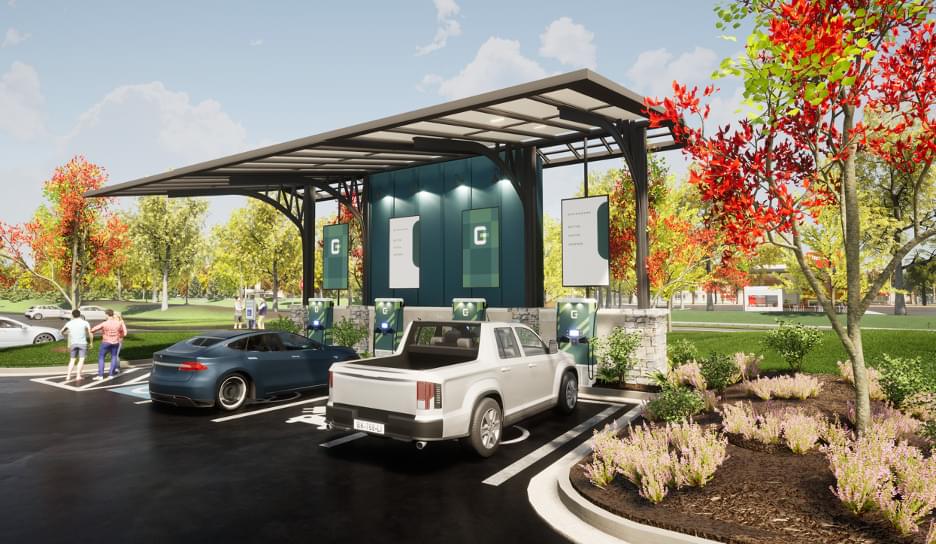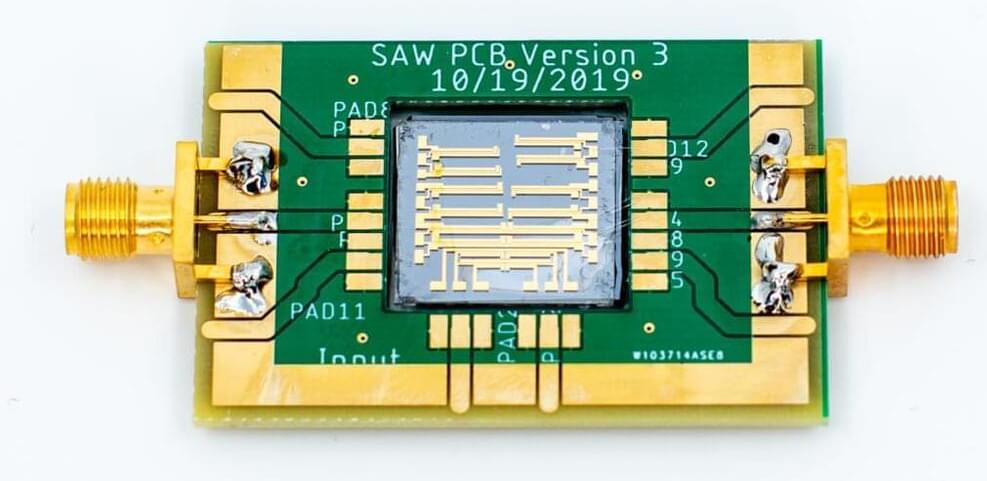New solar panels that don’t need sunlight have been invented and could revolutionize the green energy initiative.
The idea of solar panels that don’t need sunlight might sound crazy, but it’s not completely impossible. As a cornerstone of the revolution to bring more clean energy to people, solar panels have become one of the best options out there. However, these energy conductors have one fatal flaw. They require direct sunlight to create energy. What if we could remove that flaw, though? That was the idea behind AuREUS, a new solar panel that doesn’t rely on direct sunlight to generate energy.
Don’t Miss: Amazon Prime price is going up, here’s how to pay the lower fee
